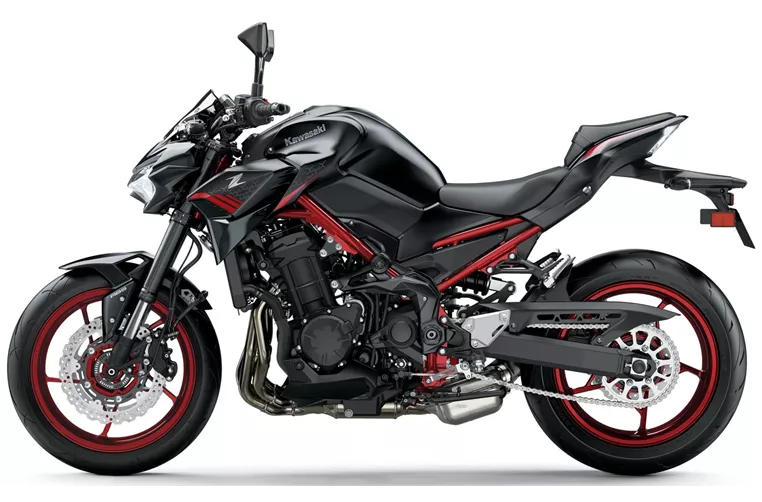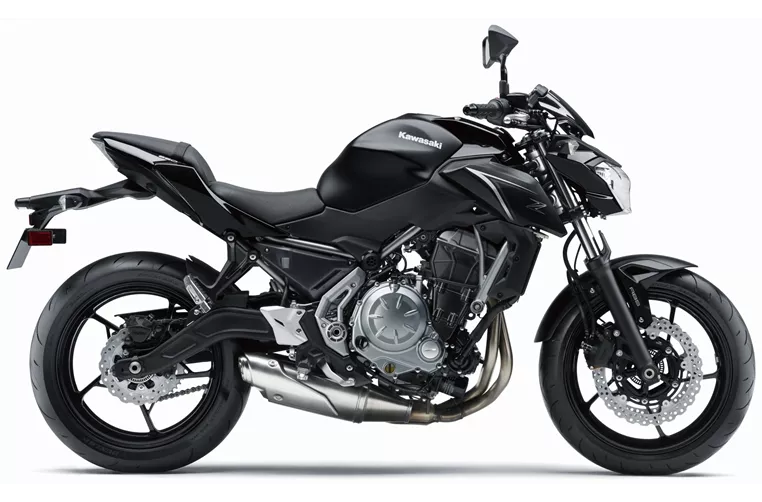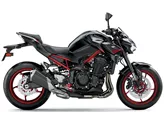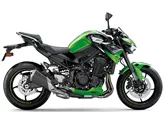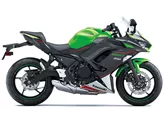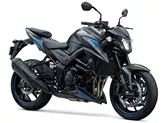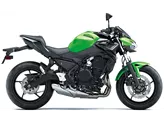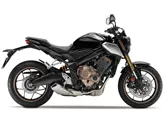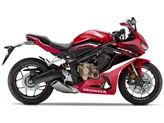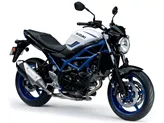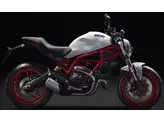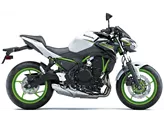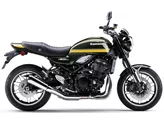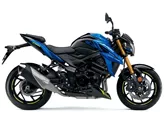Kawasaki Z900 2021 vs. Kawasaki Z650 2017
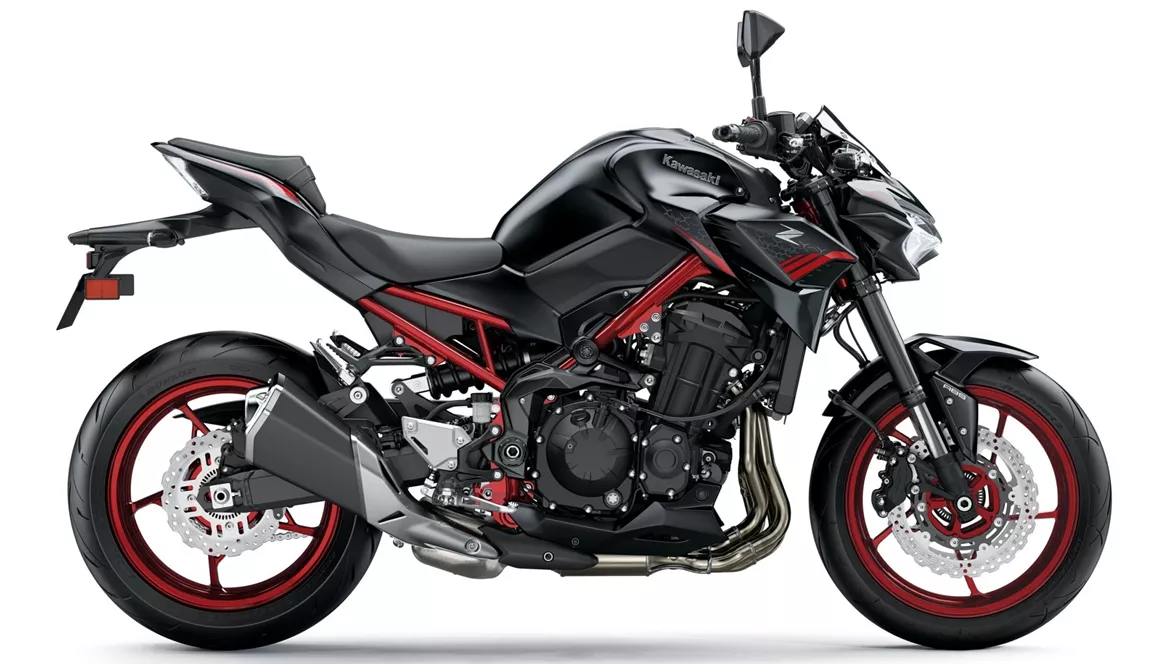
Kawasaki Z900 2021
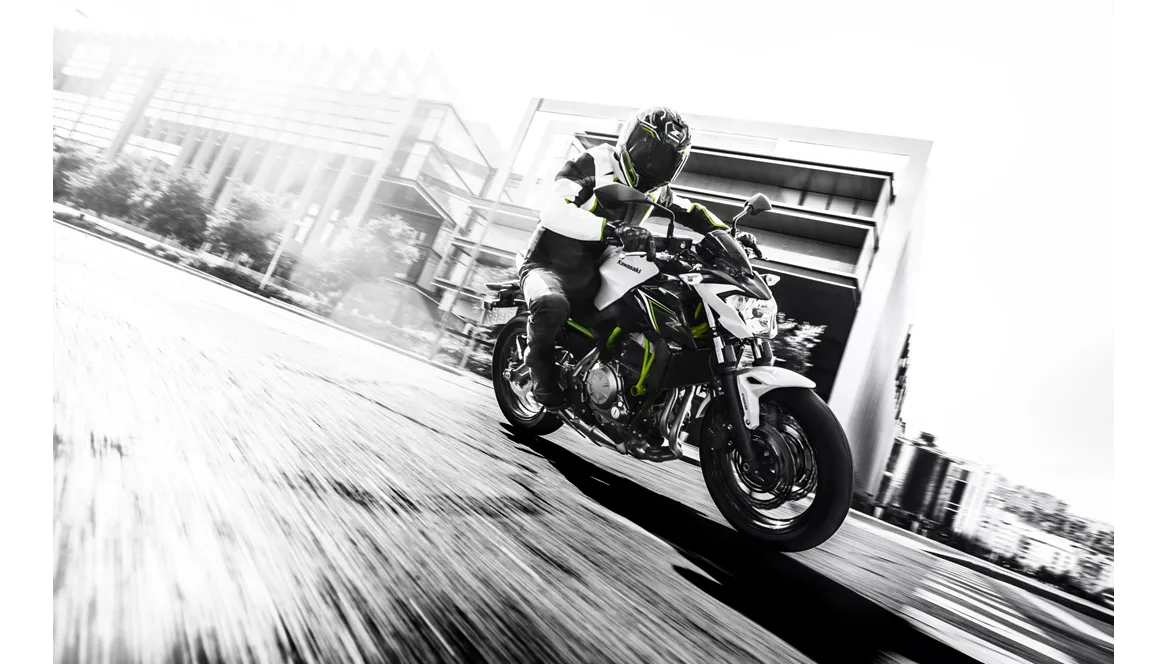
Kawasaki Z650 2017
Vue d’ensemble - Kawasaki Z900 2021 vs Kawasaki Z650 2017
The Kawasaki Z900 2021 and the Kawasaki Z650 2017 are both naked bikes from Kawasaki, but they have some notable differences in terms of technical specifications and features.
Starting with the engine and drivetrain, the Kawasaki Z900 2021 is equipped with a more powerful four-cylinder engine compared to the Kawasaki Z650 2017, which has a two-cylinder engine. The Z900 produces 125.4 HP of power and 98.6 Nm of torque, while the Z650 generates 68.2 HP of power and 65.7 Nm of torque. This makes the Z900 more suitable for riders looking for a higher level of performance.
Both bikes have fuel injection systems and liquid cooling, ensuring efficient and reliable operation. However, the Z900 has a larger displacement of 948cc, while the Z650 has a displacement of 649cc.
In terms of suspension, the Z900 is equipped with an upside-down telescopic fork at the front and a swing arm with a monoshock at the rear. The rear suspension of the Z900 offers preload and rebound adjustment, providing riders with more customization options. On the other hand, the Z650 has a telescopic fork at the front and a swing arm with a monoshock at the rear, but it only offers preload adjustment.

Kawasaki Z900 2021
Both bikes have steel frames, but the Z900 has a double cradle frame, while the Z650 has a tubular frame. The double cradle frame of the Z900 may offer better stability and rigidity compared to the tubular frame of the Z650.
In terms of braking, both bikes have double disc brakes at the front with a diameter of 300mm. However, the Z900 is equipped with four-piston calipers, while the Z650 has double-piston calipers. Both bikes feature petal technology for improved heat dissipation.
When it comes to advanced rider assistance systems, the Z900 takes the lead with features such as ABS, riding modes, ride by wire, and traction control. The Z650, on the other hand, only has ABS.

Kawasaki Z650 2017
In terms of dimensions and weights, the Z900 has a slightly wider front tire (120mm vs. 120mm) and a wider rear tire (180mm vs. 160mm) compared to the Z650. Both bikes have 17-inch wheels. The Z900 also has a longer wheelbase (1450mm vs. 1410mm) and a higher seat height (795mm vs. 790mm). However, the Z650 is slightly lighter with a kerb weight of 187.1kg compared to the Z900's 210kg (both with ABS).
In terms of strengths, the Z900 offers a powerful four-cylinder engine, intuitive handling, good equipment, aggressive looks, and value for money. On the other hand, the Z650 provides even power delivery, a sporty chassis, compact dimensions, and a negative display.
As for weaknesses, the Z900 lacks a quickshifter option and faces competition from bikes with 6-axis IMU technology, which offers advanced electronic features. The Z650, on the other hand, may be a little too small for tall riders.
In conclusion, the Kawasaki Z900 2021 and the Kawasaki Z650 2017 have their own strengths and weaknesses. The Z900 offers more power, advanced rider assistance systems, and a larger displacement, making it suitable for riders seeking higher performance. On the other hand, the Z650 provides a sporty and compact ride, making it a good choice for riders who prioritize agility and maneuverability.
Caractéristiques techniques Kawasaki Z900 2021 par rapport à Kawasaki Z650 2017
Avantages et inconvénients en comparaison
Avantages et inconvénients en comparaison
Kawasaki Z900 2021
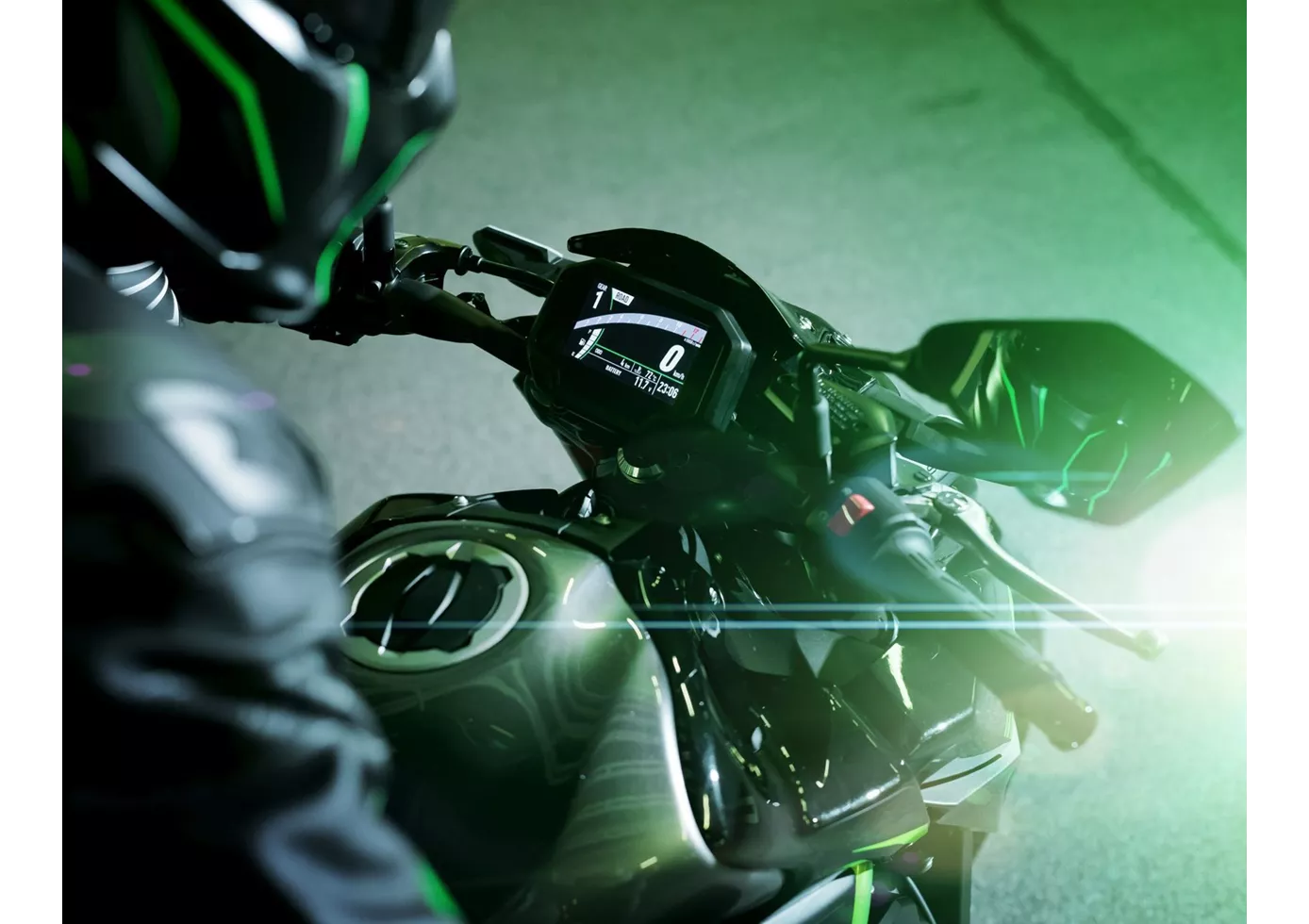
En termes de rapport qualité-prix, la Kawasaki Z900 est actuellement difficile à battre. Avec son moteur parfaitement réglé, ses composants de châssis de haute qualité et l'électronique ajoutée pour 2020, cette moto naked offre tout ce que les conducteurs sportifs recherchent. Il n'y a rien à redire, si ce n'est l'absence d'option Quickshifter.
Kawasaki Z650 2017

Dans la catégorie moyenne, la Kawasaki Z 650 est le tuyau pour les pilotes de petite taille. Sur ses dimensions compactes, les géants ne se sentiront probablement pas plus à l'aise. Des sentiments qui réchauffent le cœur se dégagent toutefois du moteur, qui enthousiasme par ses reprises très régulières. Du côté du châssis, on a opté pour une configuration ferme typique de Kawasaki, qui trouve un super compromis au quotidien. L'écran négatif est très lisible et rappelle celui de la précédente ER-6n - très joli !
Comparaison des prix Prix moyen du marché Kawasaki Z900 vs Kawasaki Z650
There are a few key differences between a Kawasaki Z900 2021 and a Kawasaki Z650 2017. In terms of price, the actual average price of a Kawasaki Z900 2021 is about 45% higher. Compared to Kawasaki Z650 2017 there are more Kawasaki Z900 2021 bikes available on the 1000PS.de Marketplace, specifically 33 compared to 11. It takes less time to sell a Kawasaki Z650 with 76 days compared to 107 days for the Kawasaki Z900. Since model year 2017 1000PS.de editors have written 46 reviews for the Kawasaki Z900 and 31 reviews for the Kawasaki Z650 since model year 2017. The first review for the Kawasaki Z900 was published on 11/11/2016 and now has more than 93,200 views. This compares to more than 25,000 views for the first review on Kawasaki Z650 published on 11/8/2016.
